WASHINGTON – Though oil is expected to start flowing through the Dakota Access Pipeline as soon as next week, the Standing Rock Sioux Tribe insists that the battle for indigenous and human rights has just begun.
Native American leaders from all over the country converged on D.C. this week for four days of events, culminating with a march to the White House on Friday. David Archambault II, tribal chairman of the Standing Rock Sioux, said Friday that the outcome at Standing Rock represents a threat not only to indigenous life but to American life as a whole.
“We are facing a regime that has no regard for American values, and does not hesitate to fly in the face of the law to benefit the immature antics of an unhinged leader and his moneyed friends,” Archambault said. “We are in dark and unknown territory. Very real threats to our way of life and our freedom are being issued daily, and we are facing a realistic dismantling of our country as we know it.”
Friday’s march came three days after a federal judge refused to halt construction of the final section of the controversial oil pipeline. The Standing Rock Sioux Tribe and the Cheyenne River Sioux Tribe filed suit in the U.S. District Court for the District of Columbia, asking that the U.S. Army Corps of Engineers reverse course in allowing Dallas-based Energy Transfer Partners to construct the pipeline underneath Lake Oahe, a large Missouri River reservoir. The Sioux Tribe has protested the project relentlessly, claiming it infringes on their water rights and cultural freedoms.
The tribe celebrated in December after the Obama administration declined to grant the final easement for the project until after an environmental impact statement had been completed. That celebration was short-lived, though, as one of President Trump’s first decisions was to reverse course, allowing both the Dakota Access and the Keystone XL pipelines to advance.
“Quite honestly, from the very beginning, I never saw this as the mechanism for which we could stop the construction of the pipeline,” Richard A. Guest, an attorney for the tribes, said at an event Thursday at Johns Hopkins University in Washington. “The courts simply, and the laws simply, fall short in our attempts to make that happen. The law is not written to favor indigenous peoples. It’s just simply not.”
He said the Dakota Access Pipeline, or DAPL, is only the latest example of corporate America attempting to “extract gold” from the Blacks Hills of South Dakota.
“We shouldn’t be having to fight so hard just to live,” Ta’Sina Sapa Win Smith, of the Cheyenne River Sioux Tribe, said Thursday. “We shouldn’t have to be fighting so hard to have basic human rights. Water is a human right. This land is a human right. We need those to survive.”
Smith was on the ground at Standing Rock from Aug. 12 until Feb. 4, witnessing firsthand the carnage during the pipeline protests. The 24-year-old single mother said she was bitten by a security company dog on her right breast and pepper-sprayed.
On the night of Nov. 20, police blasted protesters with fire hoses and sent rubber bullets and concussion grenades into crowds demonstrating against DAPL. Kandi Mossett of the Indigenous Environmental Network provided anecdotes from that night, saying more than 300 people were treated for injuries to their heads and groins, which she said police targeted. She recalled seeing a man standing about 12 feet away from police, asking them to stop shooting, when they shot him in the head.
“I remember his scalp was hanging back,” she said. “So he turned around to run away, and they shot him in the back.”
Though much of Thursday’s event was characterized by choked-up recollections and tears, participants focused on unity, strength and a firm belief that Standing Rock is the beginning of a universal movement for human rights in the United States.
“We’re decolonizing the world,” said 24-year-old Thomas Tonatiuh Lopez, a Chicano activist from Denver, who was arrested at Standing Rock for disorderly conduct during a prayer service. “We’re stripping away these layers of colonization that have been painted on us. And it’s a very painful but beautiful process.”
While discussing the national attention drawn to Standing Rock, Lopez said he noticed two different groups of outsiders traveling to participate in the protests. There were white people who, he said, used their privilege as a platform to help spread the message of the tribe, including a multitude of celebrities. Then there were white people who traveled to Standing Rock to “take selfies with wild Indians,” he said.
“People who were literally taking selfies during extremely crazy, violent times,” Lopez said. “It was pornification of who we are.”
He said their behavior didn’t take away from the movement, but he steered clear of their company.
“You could see who were there for us and who were not there for us,” Lopez said. “Because the people who were really there for us were there for months. They didn’t leave. They quit their jobs. They left everything behind to stay with us. Whereas the people who wanted their picture – they got their picture, then they were gone.”


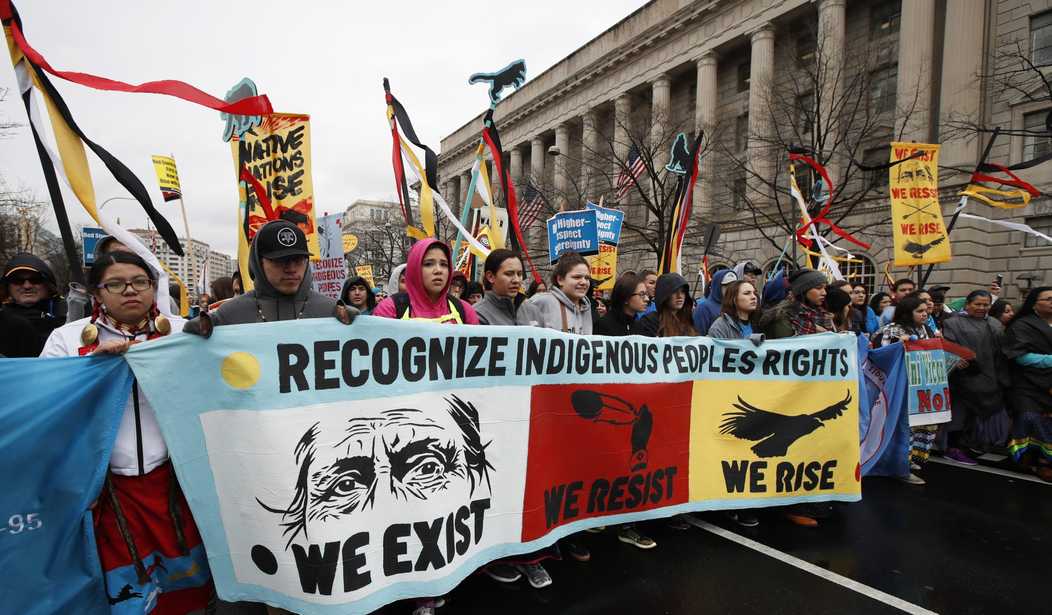
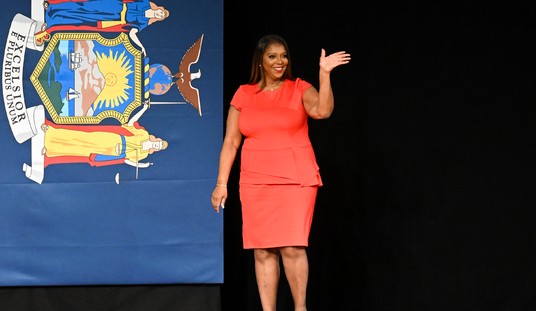
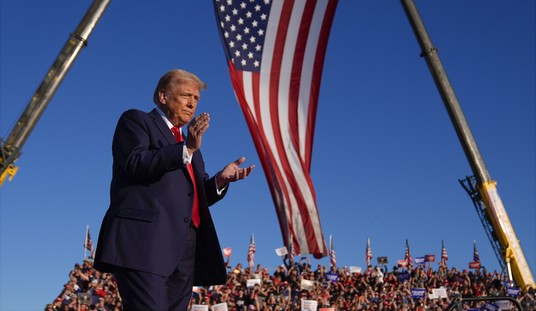
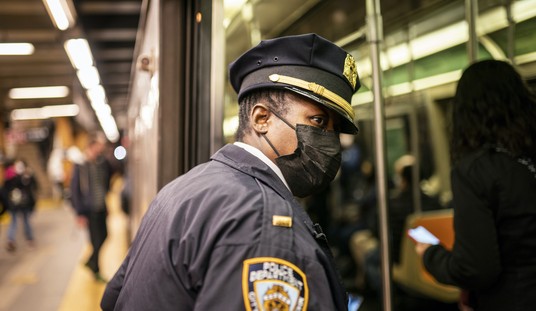
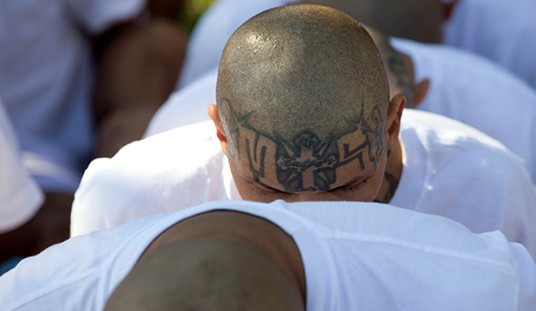


Join the conversation as a VIP Member